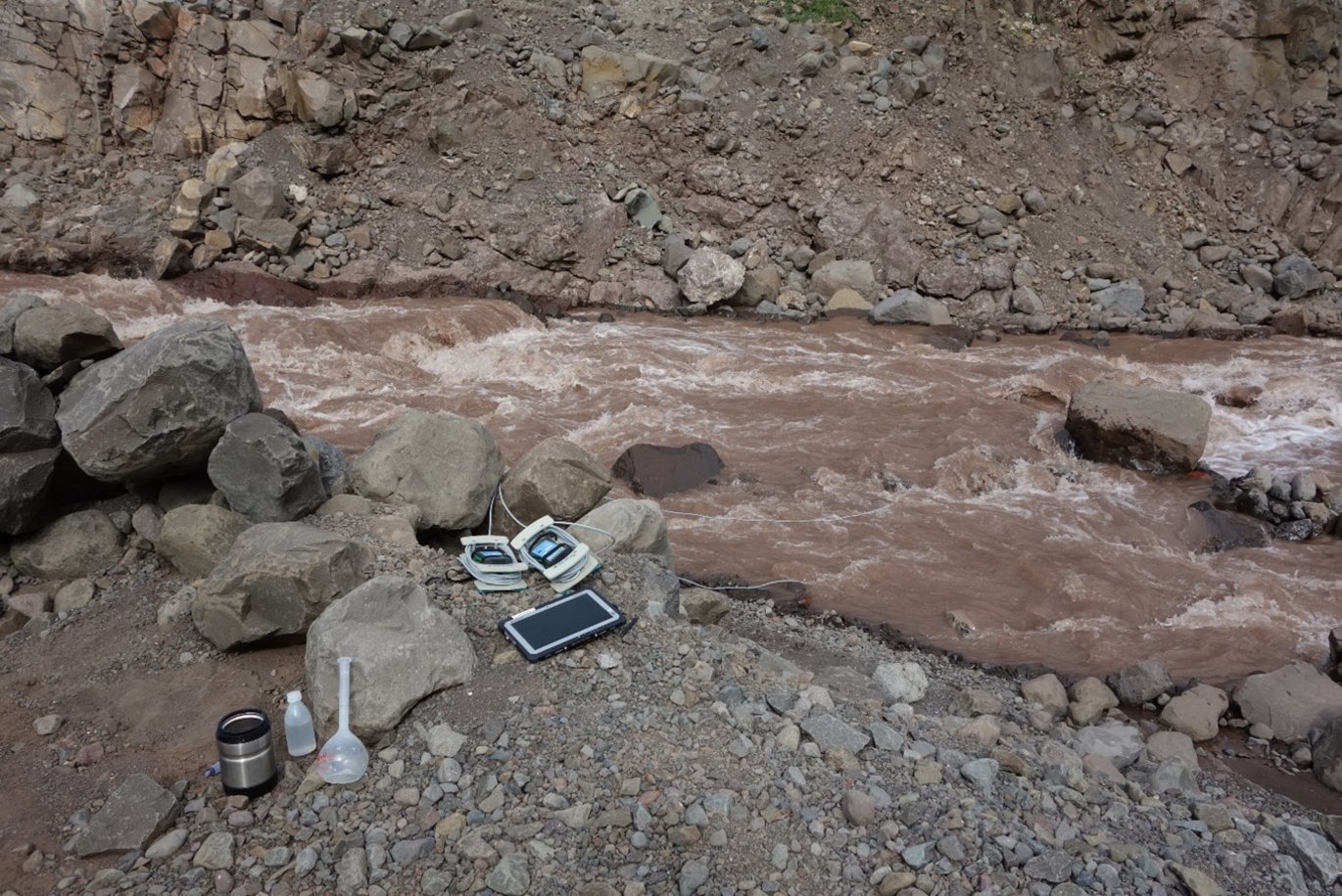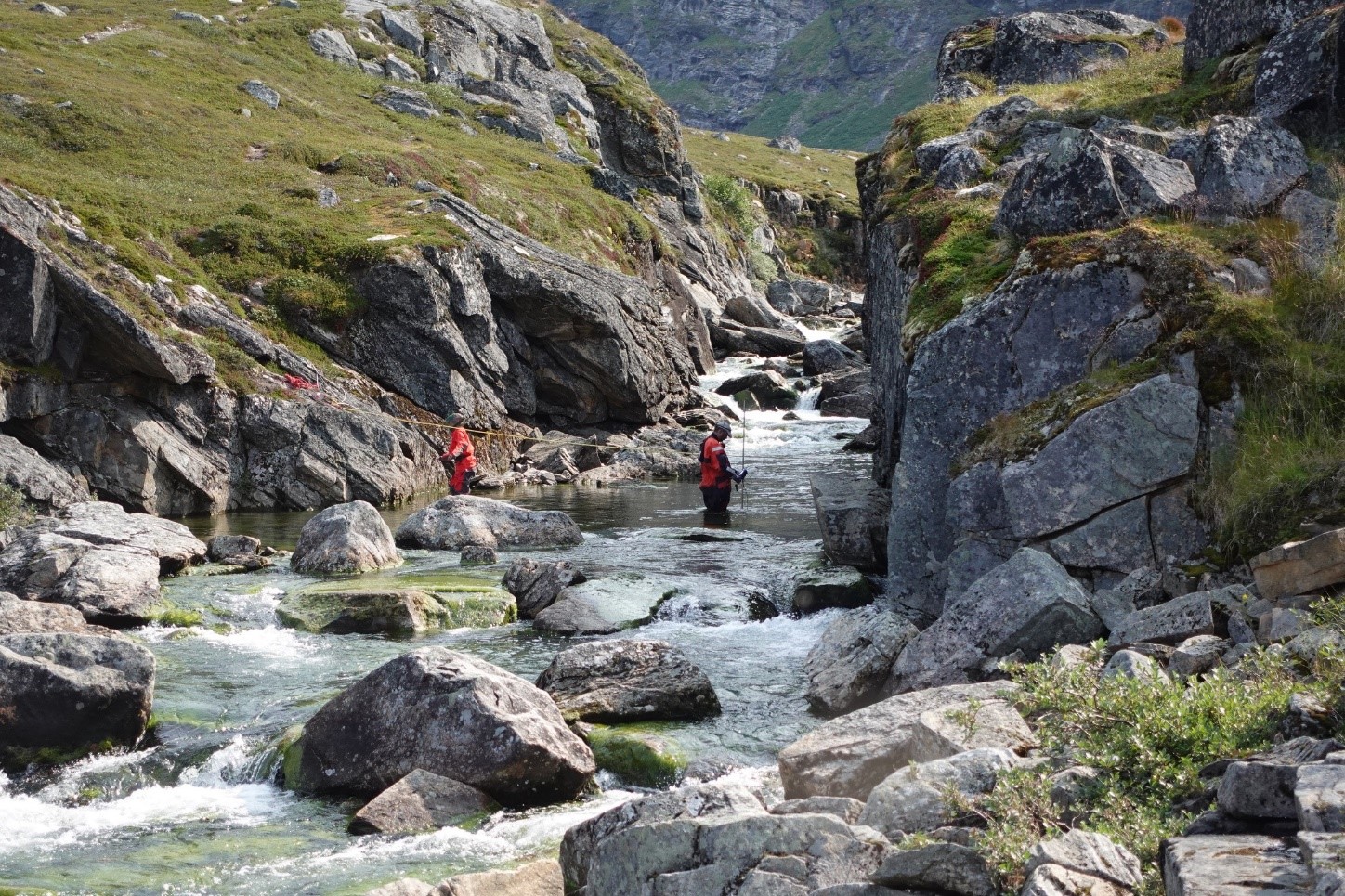2024 Update: Stable temperatures and early snowmelt at GEM main monitoring Sites
The Greenland Ecosystem Monitoring (GEM) programme reports that 2024 brought mean annual temperatures close to the long-term averages at its three research sites.


The ClimateBasis programme monitors climate and hydrology in Zackenberg, Kobbefjord and Disko and is run by Asiaq. The collected data build base-line information on climate variability and trends for all the other sub-programmes within GEM.
The west coast stations, Disko and Kobbefjord, were slightly cooler than the 2008–2024 mean (-0.8°C and -0.5°C), while Zackenberg in the northeast was marginally warmer by 0.1°C (or 0.3°C compared to its full 1996–2024 record).
At Kobbefjord, spring warmth led to earlier snow melt, despite a particularly cloudy and cold summer that marked the coldest July and August since records began in 2008. Total annual solar radiation at Kobbefjord was still above average, driven by reduced reflectivity as snow melted earlier than usual.
After two unusually wet years in 2022 and 2023 at Qeqertarsuaq (Disko Island), 2024 saw a return to drier conditions. Further south, Kobbefjord also experienced relatively wet conditions over the past five years compared to the longer-term record.
Read the annual update for ClimateBasis 2024 on page 36-37: Annual report Cards 2024